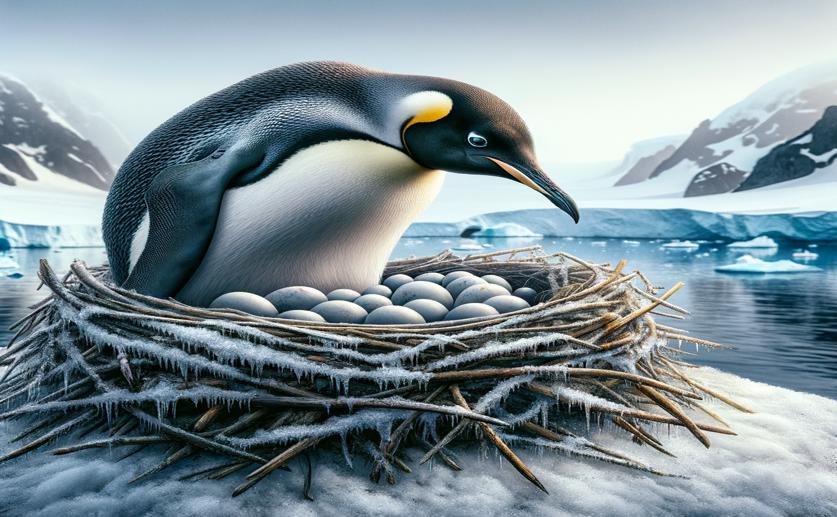
Solitary Nesting: A Unique Breeding Strategy in Penguins
Jenn Hoskins
29th April, 2024

Image Source: Natural Science News, 2024
Key Findings
- In Antarctica, Adélie penguins sometimes nest alone, away from the safety of large groups
- Solitary-nesting penguins' chicks face a mortality rate six times higher than those in groups
- Despite risks, solitary nests are reused, suggesting they may help penguins pioneer new colonies
References
Main Study
1) I need some space: solitary nesting Adélie penguins demonstrate an alternative breeding strategy at Cape Crozier
Published 28th April, 2024
https://doi.org/10.1007/s00300-024-03246-9
Related Studies
2) Why Huddle? Ecological Drivers of Chick Aggregations in Gentoo Penguins, Pygoscelis papua, across Latitudes.
3) Group foraging in Socotra cormorants: A biologging approach to the study of a complex behavior.
4) Sex-Based Differences in Adélie Penguin (Pygoscelis adeliae) Chick Growth Rates and Diet.



 19th April, 2024 | Greg Howard
19th April, 2024 | Greg Howard